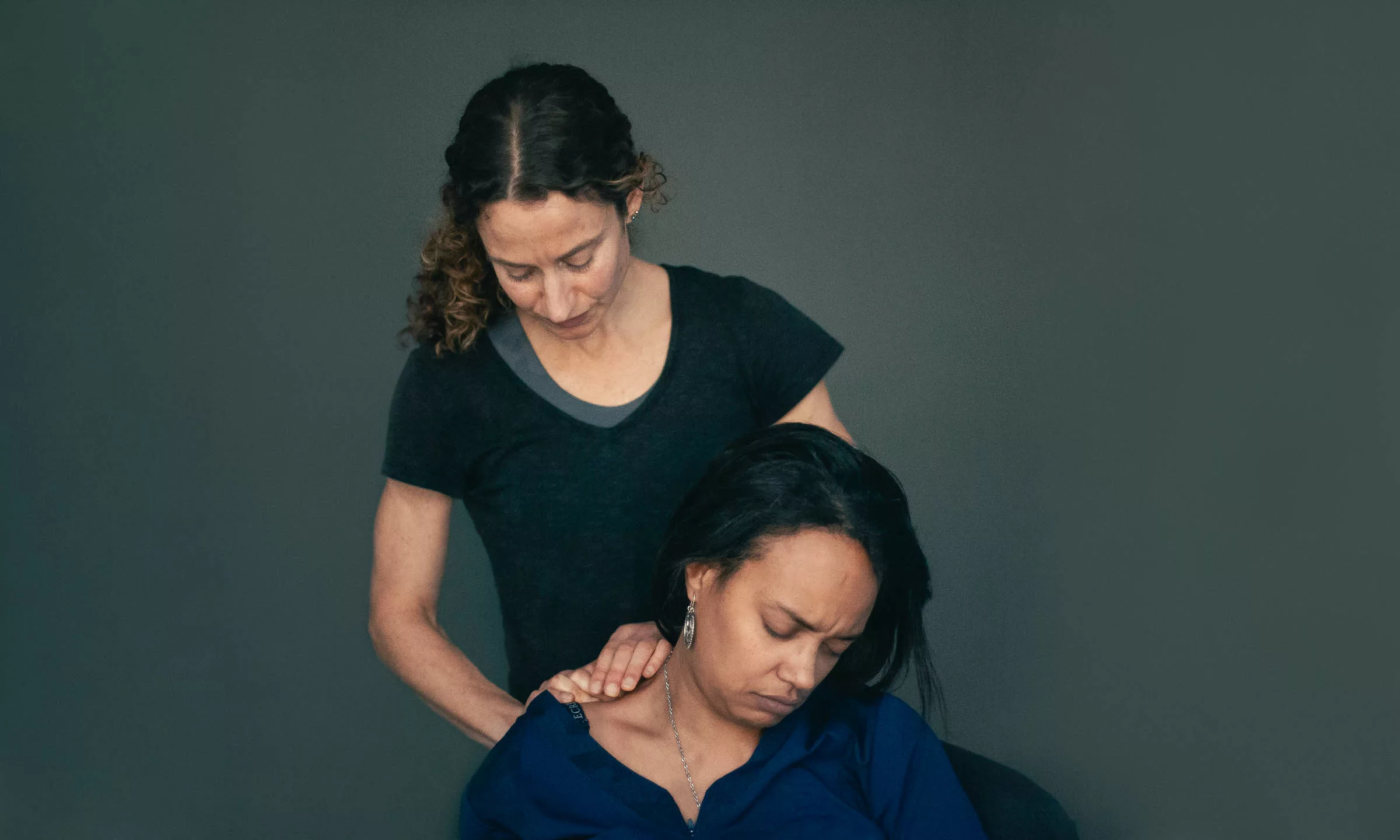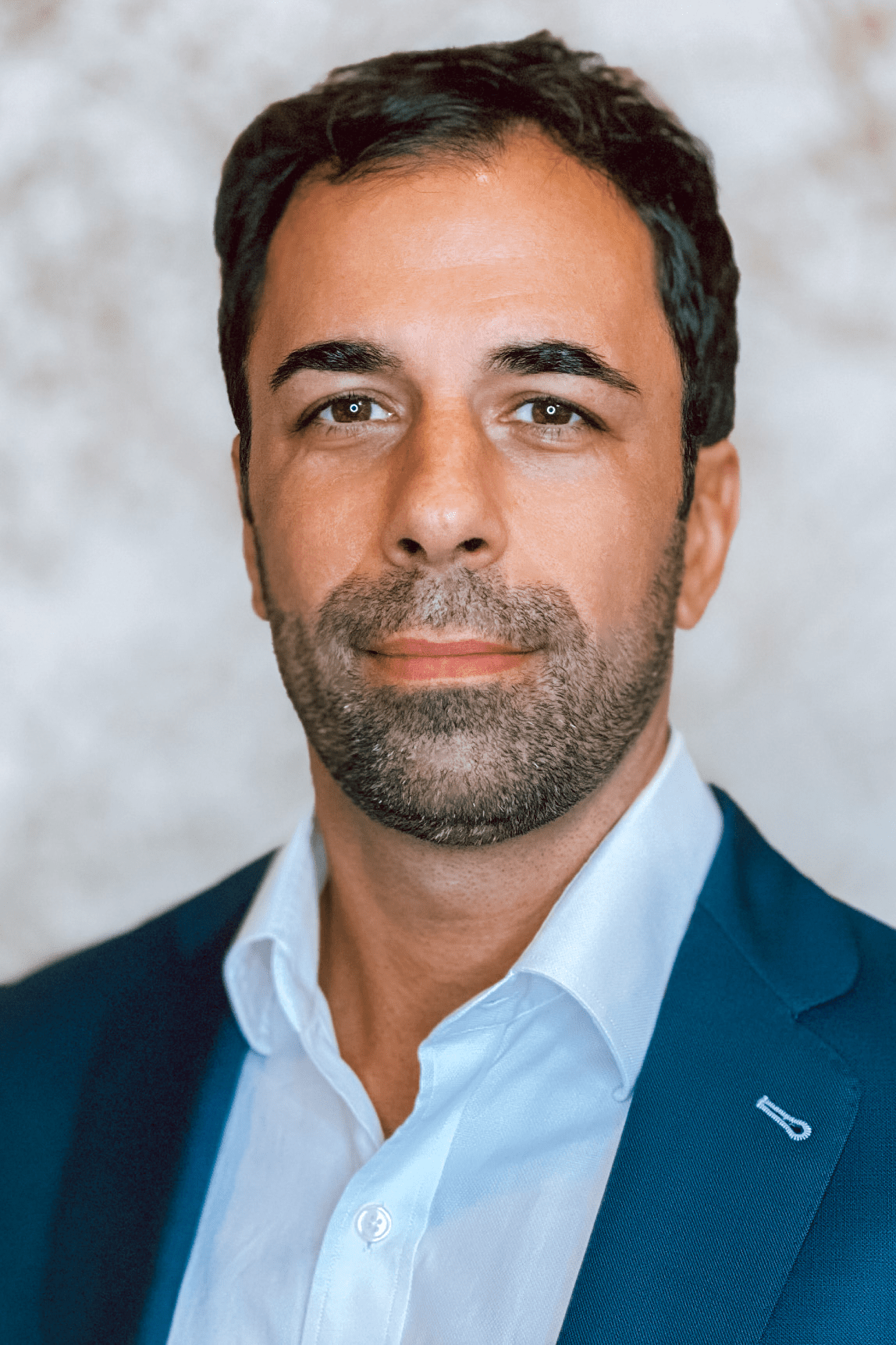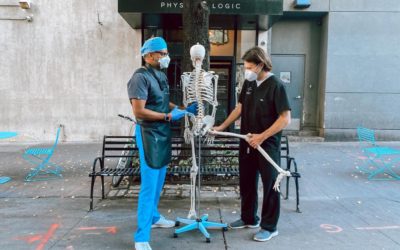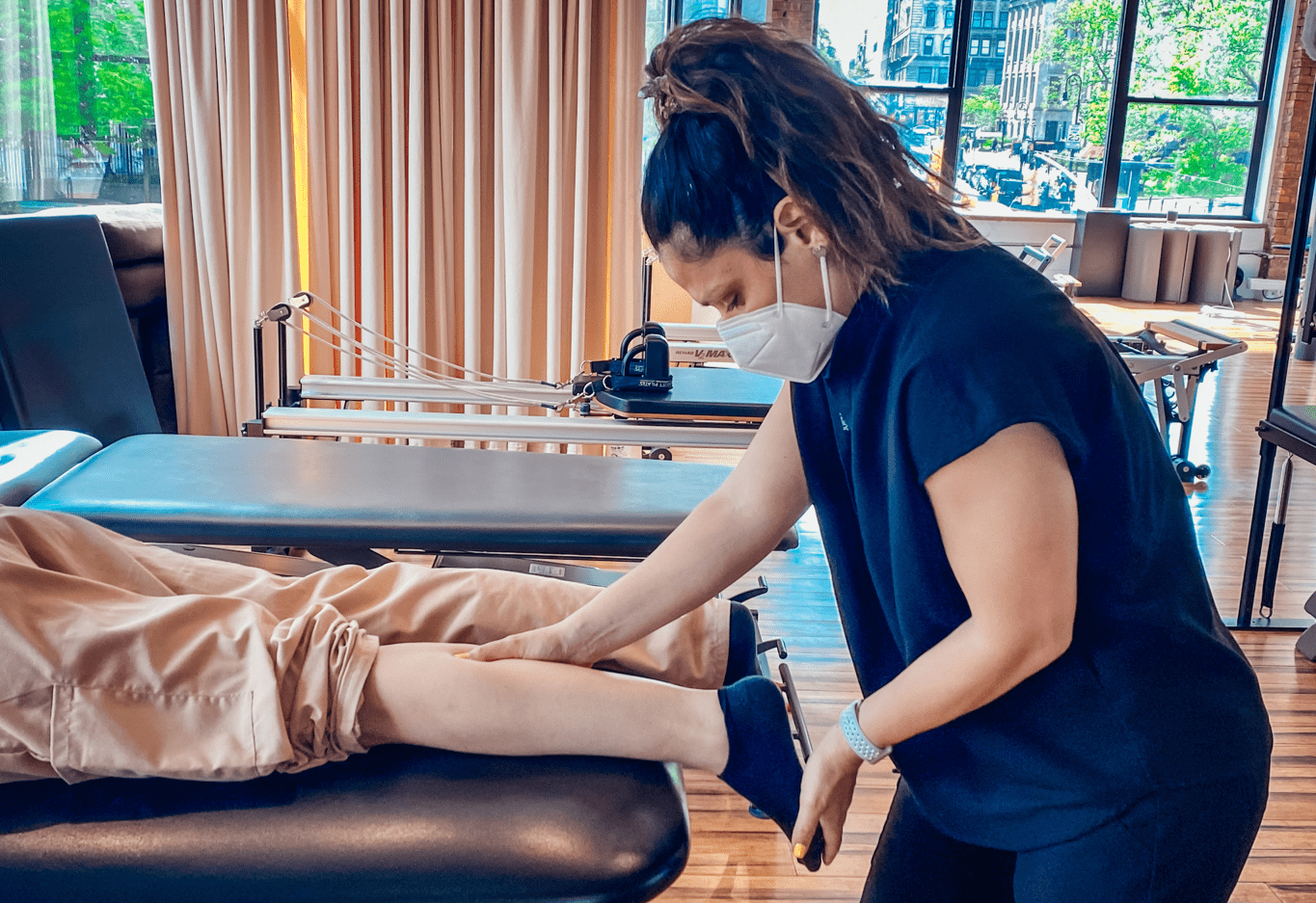
Condition it supports:
- Acute + Chronic Soft Tissue Injuries
- Mobility Dysfunction
- Stability and Motor Control Dysfunction
- Muscle, Fascia, Tendon, and Nerve Injuries
- Headaches
- Back Pain
- Carpal Tunnel Syndrome
- Shin Splints
- Sciatica
- Plantar Fascitis
- Tennis Elbow
- Knee Problems
Active Release Therapy in Brooklyn, New York
Active Release Technique (ART) is a patented, state of the art soft tissue therapy system that treats problems in muscles, tendons, ligaments, fascia, and nerves. Headaches, back pain, carpal tunnel syndrome, shin splints, shoulder pain, sciatica, plantar fasciitis, knee problems, and tennis elbow are just a few of the many conditions that can be resolved quickly and permanently with ART. These conditions all have one important thing in common: they are often a result of overused muscles.
Every ART session is a combination of examination and treatment. The ART provider uses his or her hands to evaluate the texture, tightness, and movement of muscles, fascia, tendons, ligaments, and nerves. Abnormal tissues are treated by combining precisely directed tension with very specific patient movements. These unique treatment protocols, with over 500 in all, allow providers to identify and correct specific problems. ART is an approach that is customized to meet the individual needs of the patient.
The goal of Active Release Technique is to prevent a patient from entering a cycle of the cumulative soft tissue injury—defined by stages of friction, pressure, tension, decreased circulation, adhesion, fibrosis, physical disruption, and inflammation—or to break the cumulative injury cycle for patients that already present with evidence of cumulative trauma.
BROOKLYN ACTIVE RELEASE TECHNIQUE WHAT TO EXPECT
Active Release Technique is performed by applying hand contact to the identified tissue with specific pressure and tension followed by either active or passive patient motion (preferably active, but this is dependent on patient and tissue tolerance). The technique will vary based on the soft tissue diagnosis, but the most common treatment method is to establish hand contact to the involved tissue with the tissue in a shortened position (i.e., approximation of the proximal and distal attachment points of the tissue) then bringing the tissue to a fully lengthened position while maintaining the hand contact longitudinally along the tissue.
The Physio Logic Chiropractors in Brooklyn, New York, along with other practitioners work as a team to perform a comprehensive orthopedic, neurological, and functional exam to determine a patient’s pain generating tissue(s) as well as the cause of a patient’s symptoms. Pain management and nutrition may be used to help with soft tissue release and recovery in cases that present with complicating factors or underlying conditions that impact patient prognosis.
MEET YOUR TEAM

Dr. Rudy Gehrman, DC
CEO & FOUNDER

Dr. Stephen Szaro, DC
CLINIC SUPERVISOR & CHIROPRACTOR

Dr. Rachel Coughlin
DC CHIROPRACTOR
Read More on Active Release Technique
What You Should Know About Chiropractic Care
By: Dr. Rudy Gehrman. Chiropractic care can expand your overall well-being. This...
Regenerative Chiropractic Solutions Part 2: Low Back Pain
By: Dr. Stephen Szaro, DC, and Dr. Tanuj Palvia, MD. Low back pain is the leading...
4 Chiropractic Treatments for Ankle Sprains
By: Dr. Stefanie Tropea, DC. If you’re physically active, chances are you’ve rolled...
FREQUENTLY ASKED QUESTIONS
What Is Active Release Technique Therapy In Brooklyn?
Active Release Technique (ART) therapy in Brooklyn is a specialized form of manual therapy that aims to treat soft tissue injuries, muscle tightness, and mobility issues. This method includes specific stretching and manipulation techniques to help break up scar tissue and enhance tissue function.
Does Active Release Therapy Really Work In Brooklyn?
Yes, active release therapy has been found to be effective in many cases for addressing soft tissue injuries and improving range of motion in Brooklyn.
Is Active Release Technique Worth It In Brooklyn?
For individuals experiencing soft tissue injuries or mobility problems in Brooklyn, the Active Release Technique can be a valuable and effective treatment option, especially when administered by a qualified practitioner.
Is Active Release Technique Better Than Chiropractic?
Both active release technique and chiropractic care have their unique benefits and applications. The decision between the two depends on the particular condition and individual preferences. In certain situations, they might be combined to achieve more effective outcomes.
How Long Does It Take For The Active Release Technique To Work?
How fast the active release technique works can depend on the problem is seriousness and each person’s situation. Some people may see improvements after a few sessions, while others might need several weeks of regular treatment.
Is Myofascial Release The Same As Active Release Therapy?
Myofascial release and active release therapy are similar in that they both target soft tissue issues. However, they use different techniques and approaches. Myofascial release focuses on releasing tension and adhesions in the fascia (connective tissue), while active release therapy combines movement and manual pressure to address muscle injuries and tightness.


